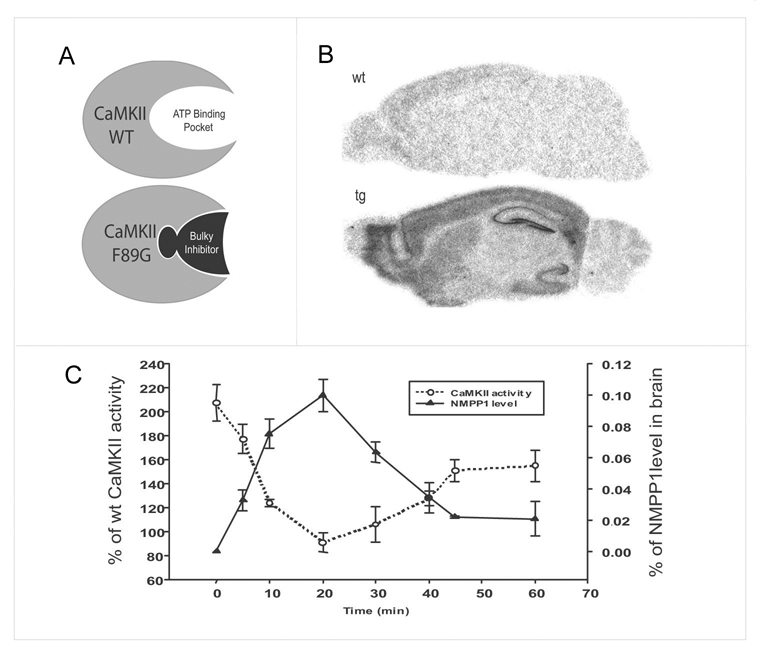Figure 1. Chemical-genetic manipulation of CaMKII activity in the mouse forebrain.
(A) The bump-and-hole based chemical genetic strategy for rapid manipulation of CaMKII activity in the specific region(s) of the brain. A genetically sensitized bulky inhibitor can selectively inhibit the mutated CaMKII-F89G which carries a hidden cavity inside of ATP-binding pocket. This transgene is expressed only in the forebrain by using a forebrain-specific αCaMKII promoter. (B) In situ hybridization confirms the forebrain-specific expression of αCaMKII-F89G in the transgenic mouse brain (Tg). A transgene-specific SV40 probe is used. There is no signal from the wild-type brain (WT). (C) Rapid inhibition of αCaMKII-F89G in the transgenic forebrain can be achieved by i.p. injection of the bulky inhibitor, NM-PP1 (5 µM). A single i.p. injection can bring the excessive αCaMKII in the transgenic mice back to a level approximately comparable to wild-type level between 10–35 minutes post-injection. Error bar at 20 min point is small but present. The total CaMKII activity in the transgenic mice is expressed as the percentage of activity in the brains of wild-type littermates.

